Pablo Picasso – Synthetic CubismSynthetic cubism was the later period of the Cubist art movement generally dated from 1912 – 1919. Artists of Synthetic Cubism moved away from the multi-perspective approach of Analytical Cubism in favour of flattened images that dispensed allusions of the three-dimensional space. Pablo Picasso, Clarinet, Bottle of Bass, Newspaper, Ace of Clubs (2013) The approach of the analytical phase was More: Commonly considered the founding father of CubismSynthetic cubism was the later period of the Cubist art movement generally dated from 1912 – 1919. Artists of Synthetic Cubism moved away from the multi-perspective approach of Analytical Cubism in favour of flattened images that dispensed allusions of the three-dimensional space. Pablo Picasso, Clarinet, Bottle of Bass, Newspaper, Ace of Clubs (2013) The approach of the analytical phase was More, Pablo PicassoPablo Picasso (1881–1973), was a Spanish painter, sculptor, graphic artist, and resident in France from 1904. He was a dominant figure in avant-garde movements in the first half of the 20th century due to his technical versatility and prolific inventiveness. picasso-self-portrait Picasso’s progression in his early work is largely categorized by predominant colour schemes: His Blue Period (1901-1904) features motifs More was famous for his eagerness to evolve. In the early 20th century, Picasso focused his artistic activity on the genre of still lifeStill Life refers to a genre of art that focuses on depicting inanimate objects. These objects are typically commonplace items, arranged in a composition to highlight their shapes, colors, textures, and forms. The genre is known for its attention to detail and the meticulous arrangement of elements, creating a sense of balance and harmony. Historical Background Still life painting has More, exploring the processes of perception and their relationship to the mechanics of representation. The artist drew and painted myriad arrangements of objects including glasses, bottles, guitars, and fruit. In Synthetic CubismSynthetic cubism was the later period of the Cubist art movement generally dated from 1912 – 1919. Artists of Synthetic Cubism moved away from the multi-perspective approach of Analytical Cubism in favour of flattened images that dispensed allusions of the three-dimensional space. Pablo Picasso, Clarinet, Bottle of Bass, Newspaper, Ace of Clubs (2013) The approach of the analytical phase was More (1912 – 1919), Picasso and other avant-garde artists further experimented with their compositions, pasting cut paper fragments, wallpaper, portions of newspaper pages onto the compositions – the first use of collageCollage refers to an art form where different materials are combined to create a single artwork. This technique often uses paper, fabric, photographs, and other found objects. It brings diverse elements together in a visually engaging way. History and Origin The concept of collage dates back to ancient times. Early cultures used materials like gold leaf and fabric in their More in fine art.
Where is the picture “Clarinet, Bottle of Bass, Newspaper, Ace of Clubs“ today?
The original picture of “Clarinet, Bottle of Bass, Newspaper, Ace of Clubs” is part of a private collection today.
What’s in it?
“Clarinet, Bottle of Bass, Newspaper, Ace of Clubs” depicts a series of objects and paper fragments clustered on a table. The oval edge of the table has been loosely drawn on the right side of the composition. An abstract formed clarinet stretches across the table, intersecting with pieces of notepaper and an open newspaper, which again half covers the playing card ace of clubs almost falling off the table. Picasso attached not only paper and cardboard onto the collageCollage refers to an art form where different materials are combined to create a single artwork. This technique often uses paper, fabric, photographs, and other found objects. It brings diverse elements together in a visually engaging way. History and Origin The concept of collage dates back to ancient times. Early cultures used materials like gold leaf and fabric in their More making the arrangement appear three-dimensional, but also included letters, such as “Bass” and a fragment of the red beer logo for indicating a bottle of beer. Again, the bottle is presented from different viewpoints: The audience looks into the bottleneck from an aerial view, then again sees the writing on the label on the front. Associating product elements like beer labels later became common practice for Picasso and other Cubist artists, blurring the line between low and high art, art, and advertising as later brought to extremes by Roy LichtensteinRoy Lichtenstein (1923-1997) was a prominent American pop artist who transformed the landscape of modern art with his distinctive comic strip-based paintings. Best known for his bold, graphic style and precise compositions, Lichtenstein's work heavily influenced the Pop Art movement, making profound statements on art and culture through parody and popular media. Born in New York City, Lichtenstein developed an More.
What’s the context?
Pablo PicassoPablo Picasso (1881–1973), was a Spanish painter, sculptor, graphic artist, and resident in France from 1904. He was a dominant figure in avant-garde movements in the first half of the 20th century due to his technical versatility and prolific inventiveness. picasso-self-portrait Picasso’s progression in his early work is largely categorized by predominant colour schemes: His Blue Period (1901-1904) features motifs More – Periods: In preceding art periods, namely Picasso’s Blue Period (1901–1904), the Rose Period (1904–1906), and the African-influenced Period (1907–1909), the objects represented still played a major role in the respective compositions. The transition to Analytical CubismThe term Analytical Cubism describes the early period of Cubism running from 1907 – 1012. It was invented by Pablo Picasso and Georges Braque at a time when Impressionism had transformed from the once avant-garde status into mainstream and Fauvism was ruling the Salons in Paris. Analytical Cubism was the result of an approach, in which artists focused heavily on More was created by his paintingPainting is a fundamental form of visual art that has been practiced for thousands of years. It involves applying pigment to a surface such as canvas, paper, or a wall. Painting can be explored through various styles, techniques, and mediums, each offering unique possibilities for expression and creativity. Historical Background • Ancient Beginnings: The history of painting dates back to More Les Demoiselles d’Avignon (1907), in which he abandoned all known forms and representation of traditional art, using distortion and simplifying the female body to geometric forms.
However, Picasso kept further experimenting with what would become Synthetic CubismSynthetic cubism was the later period of the Cubist art movement generally dated from 1912 – 1919. Artists of Synthetic Cubism moved away from the multi-perspective approach of Analytical Cubism in favour of flattened images that dispensed allusions of the three-dimensional space. Pablo Picasso, Clarinet, Bottle of Bass, Newspaper, Ace of Clubs (2013) The approach of the analytical phase was More in 1912: He expanded the monochromeMonochrome art, derived from the Greek words "mono" meaning single and "chroma" meaning color, refers to artworks created using only one color or variations of a single hue. This approach emphasizes the use of tones, tints, and shades of one color to create depth, texture, and contrast. Monochrome art can be powerful in its simplicity, drawing the viewer's attention to More colour palette of the analytic phase, added new textures and materials. As can be seen in “Clarinet, Bottle of Bass, Newspaper, Ace of Clubs”, he now applied clearer shapes and simplified the use of viewpoint and plane. From the time of its invention until around 1919, Synthetic CubismSynthetic cubism was the later period of the Cubist art movement generally dated from 1912 – 1919. Artists of Synthetic Cubism moved away from the multi-perspective approach of Analytical Cubism in favour of flattened images that dispensed allusions of the three-dimensional space. Pablo Picasso, Clarinet, Bottle of Bass, Newspaper, Ace of Clubs (2013) The approach of the analytical phase was More was considered the height of the avant-garde in European artist circles. The synthetic approach expanded the ways painters could explore reality, paving the way for later movements Dadaism, SurrealismSurrealism was a 20th-century philosophical, literary, and artistic movement seeking to channel the unconscious to access the imaginary. Proponents of Surrealism rejected the notion of understanding life in rational and conventional terms in favour of asserting the value of the unconscious mind, dreams, the strangely beautiful, and the uncanny. André Breton, the leader of a group of poets and artists More, and Pop ArtPop Art is a dynamic genre of modern art that emerged during the mid-20th century as a bold challenge to traditional art conventions. It focused on popular culture, using images from advertising, comic books, and the everyday to comment on the nature of mass production and consumerism. This entry delves into the key concepts, artists, and the broader impact of More.
Chatter and Prattle
Pablo PicassoPablo Picasso (1881–1973), was a Spanish painter, sculptor, graphic artist, and resident in France from 1904. He was a dominant figure in avant-garde movements in the first half of the 20th century due to his technical versatility and prolific inventiveness. picasso-self-portrait Picasso’s progression in his early work is largely categorized by predominant colour schemes: His Blue Period (1901-1904) features motifs More – Facts:
- Picasso is said to have a strong affinity for alcohol. Many art historians have labeled him as an alcoholic. However, alcohol would never stop him from performing as an outstanding artist.
- Besides shiny bottles of absinthe, Bass beer bottles likewise were part of Picasso’s favourite alcohol imageries: The letters “Bass” and the red brand icon appear in over 40 of his paintings.
- The artist’s final words have been recorded to be “Drink to me, drink to my health. You know I can’t drink anymore.” These words soon became legendary: In 1973, the year of his death, Paul McCartney used them in a song.
Recommended Readings:
This article may contain compensated links. Please read Disclaimer for more info. As an Amazon Associate, I earn from qualifying purchases.
Marilyn McCully et al. (2019): Picasso: Blue and Rose Periods
Victoria Charles (2019): Pablo Picasso Masterwoks
Roland Doschka et al. (2000): Pablo Picasso: Metamorphoses of the Human Form : Graphic Works, 1895-1972
Francoise Gilot et al. (2020): Life with Picasso
Christopher Lloyd (2018): Picasso and the Art of Drawing

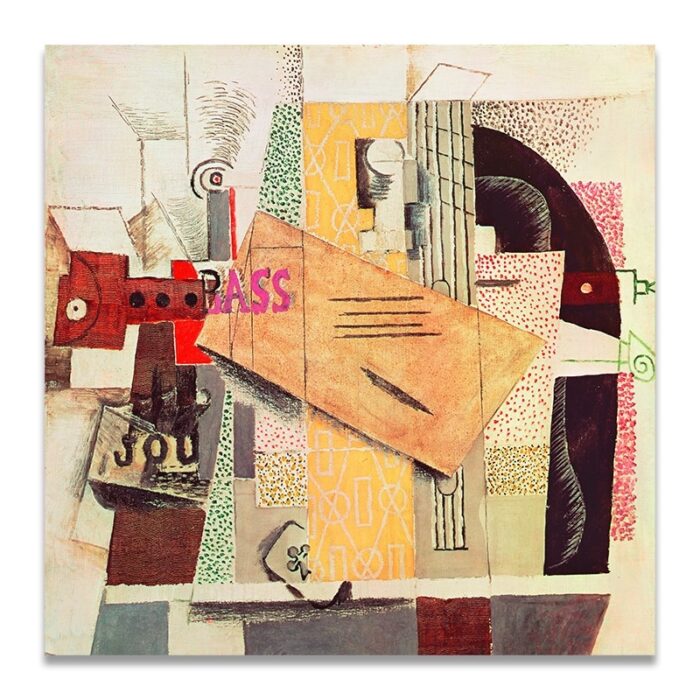
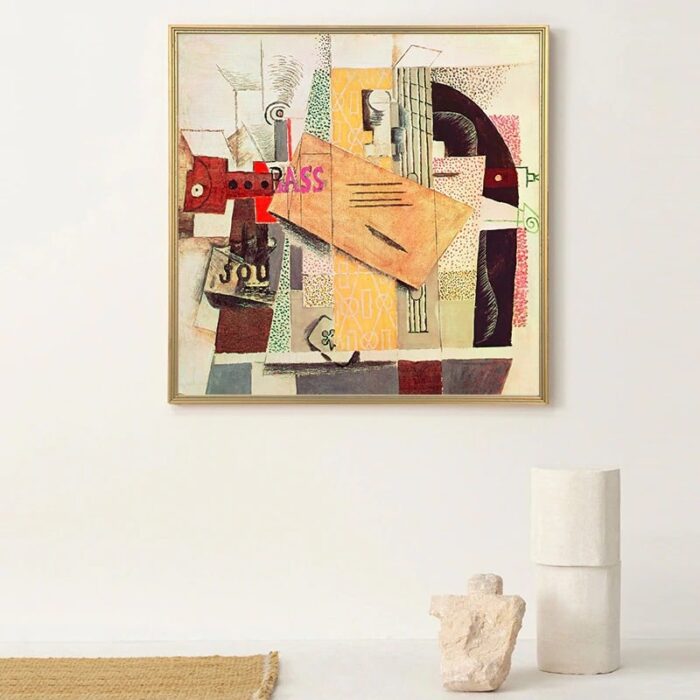


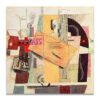
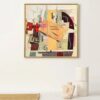



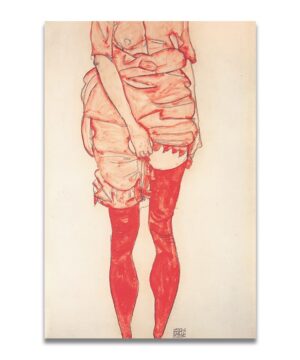
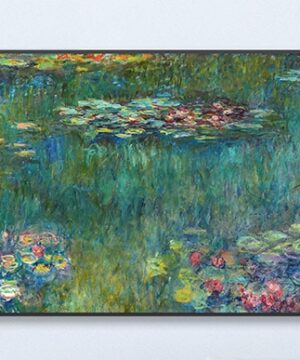
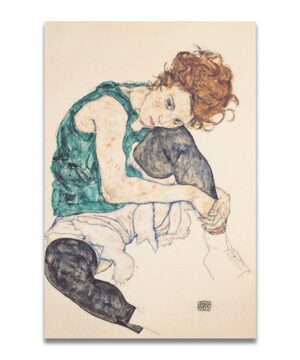
Reviews
There are no reviews yet.